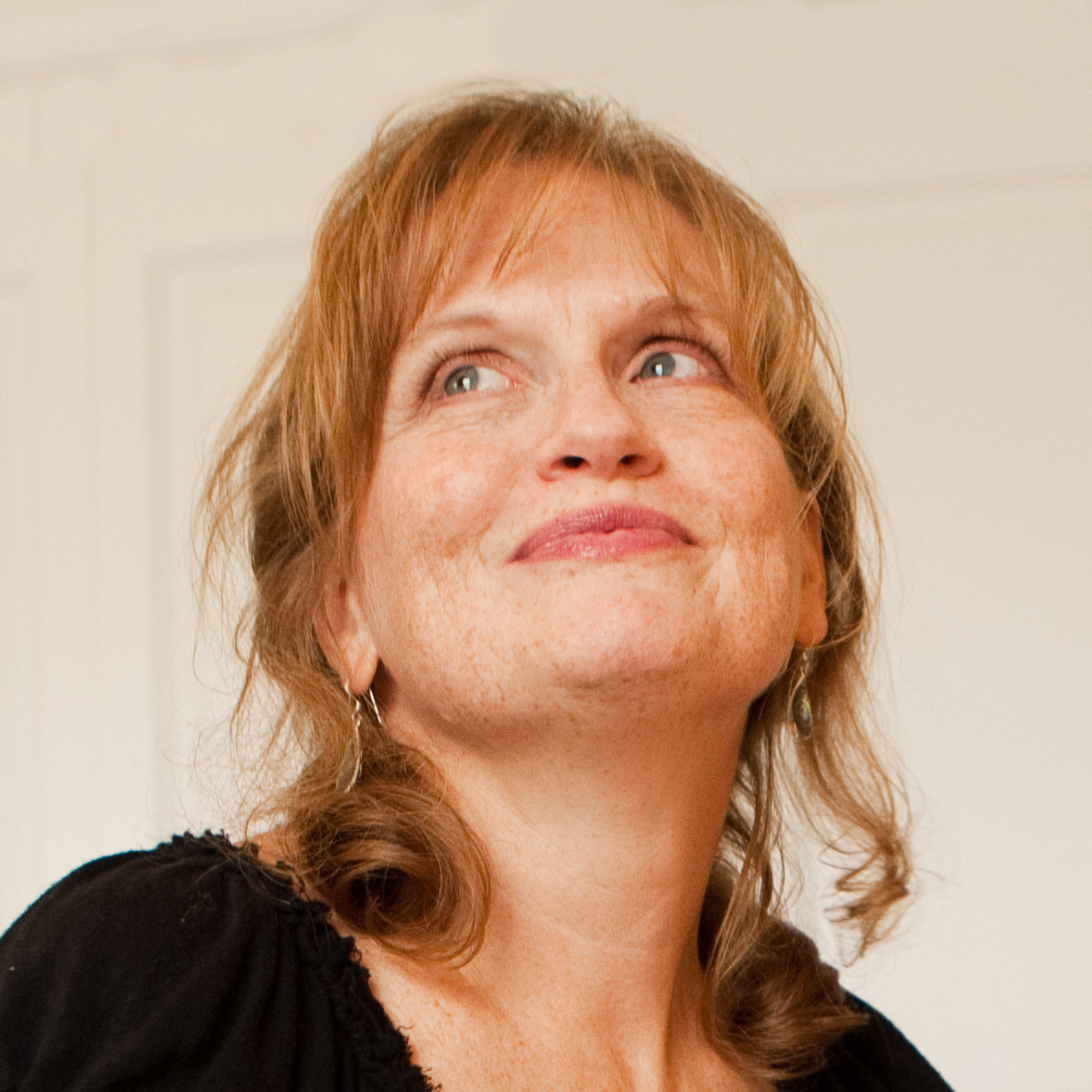In His Dust – 6. The Role of Women in the First-Century Church
In His Dust – 6. The Role of Women in the First-Century Church
Restoring her calling and gifts
Print the two-page PDF
In His Dust is a series based on my notes from Dwight Pryor’s teaching. For details, please see In His Dust – A Quick Recap.
Outline
- Introduction Points
- Examples of the roles women assumed in the first-century church
- The beautiful, breath-taking meanings of “head” and “submission”
- Conclusion
Introduction Points
- The word church was first coined in the thirteenth century. The original Greek word ekklesia means the called-forth ones or the summoned ones.
- Yeshua (Jesus) was born and lived on earth in the first century. His chosen disciples formed the first church. Their story is written in the pages of the New Testament.
- The church is an organism (not an organization) designed to meet the needs of the community of the called-forth ones (those who have been born again by the Spirit of God).
- The gifts and functions of each member are not offices.
- Leaders are servants; their purpose is to equip the called-forth ones so they can each fulfill God’s calling on their life.
- Yeshua (Jesus) was born and lived on earth in the first century. His chosen disciples formed the first church. Their story is written in the pages of the New Testament.
- The primary function of a woman in the first century was to serve as a wife and mother within her home. Her position was highly exalted in the community. In Genesis 2:18, she is called an ezer – a strong, suitable, equal complement to her husband with qualities to nurture and rescue. (For more on this subject and the subject of single people, see my writing Missing Perspectives.)
- A man was required to learn Torah every day and observe regular prayer times. A woman was not so required because of her need to care for her family. However, she was not precluded from study if she wished. Based on her calling and gifts, she could even be a rabbi influencing others within her home.
- Only later in the 300s AD were women deprived of their former high status. Roman and Hellenistic forces influenced this suppression, but this view was an abhorrent disgrace to Judaism. These forces moved the church away from its Jewish background and:
- made leadership an elevated priestly office (rather than a function) in which only the leaders could serve communion with men appointing men;
- considered sexuality to be base leading to celibacy and the view of women as distractions.
Examples of the roles women assumed in the first-century church
- Phoebe was a deacon. (Romans 16:1-2) Deacon means servant.
- Priscilla was a teacher and an evangelist. (Romans 16:3-4; Acts 18:2)
- Mary (Romans 16:6), Tryphaena, Tryphosa, and Persis (Romans 16:12) were all women who worked hard. The Greek words mean labored in ministry as leaders. (See also 1 Thessalonians 5:12-13.)
- Junia was an apostle (one who is sent out on a mission). After the thirteenth century, her name was changed in translations to the masculine Junias, but the earliest, most reliable manuscripts contain Junia.
- In 1 Timothy 3:8-13, we see that both men and women were deacons. Verses 8-10 give the qualifications for the men; Verse 11 gives the qualifications of the women in the context of deacons. The word women is actually deaconess which can be seen in most study Bibles.
- In Titus 2:2-3, the words older men and older women are from the same Greek word that means elders and elderesses.
- Other passages to consider are: Luke 8:1-3; Matthew 27:55-56, 28:8-10; Acts 1:14, 2:18.
For more on other difficult passages about women, please see my writing Missing Perspectives.
The beautiful, breath-taking meanings of “head” and “submission”
Let’s start by reading Ephesians 5:21-27 in the NASB (words of discussion are bold):
…and subject yourselves to one another in the fear of Christ. Wives, subject yourselves to your own husbands, as to the Lord. For the husband is the head of the wife, as Christ also is the head of the church, He Himself being the Savior of the body. But as the church is subject to Christ, so also the wives ought to be to their husbands in everything. Husbands, love your wives, just as Christ also loved the church and gave Himself up for her, so that He might sanctify her having cleansed her by the washing of water with the word that He might present to Himself the church in all her glory, having no spot or wrinkle or any such thing; but that she would be holy and blameless.
Man is the head of women only within the context of marriage. In the following list, you will see a beautiful progression as these words unfold like a fragrant rose:
- Head does not mean chief, boss, ruler, nor does it mean a superior authority, rank, or position.
- Head means source like the source of a river. Yeshua is our Head, our Source.
- A husband is the wife’s source. The key characteristic of a source is responsibility.
- A husband is responsible for his wife, to care for, encourage, give life, guide, guard, and most of all, love her as Christ loves the church.
- Christ was a servant, not a ruler. He laid down His life. A husband’s response is utter self-sacrifice.
- The Greek word for submit or subject translates into ten different Hebrew words; none refer to authority. Submission is a voluntary renouncing of yourself and an adapting to the other person, a giving preference to the other. To submit is to humbly adapt. It is an issue of total sacrificial love.
- Then, the wife will respect her husband.
Conclusion
The New Testament gives clear precedence for women leading in the church. Women were teachers, apostles, deacons, prophets, leaders of home churches, rulers, judges, heads of synagogues, rabbis, elders, and evangelists. These roles of service have nothing to do with authority but with gifts and functions as God anoints.
The call to the church today is to remove all barriers to women and to find ways for them to serve in their callings and gifts. Women’s talents have been buried; it is time to restore them to the church. We all, brothers and sisters in Messiah, are all called to humbly adapt to one another in love.
Shale Fragments™ - devotionals by Beth Ann Phifer is a division of Flower Girl Greetings, LLC. ©2020, All Rights Reserved.
Blessings and love in Him,
Beth Ann
When you subscribe to the blog, we will send you an e-mail when there are new updates on the site so you wouldn't miss them.

Welcome to Shale Fragments, a collection of writings and art for individual and group use!
Teaching God’s truth and the beauty of His Word is my greatest delight! My art card company, Flower Girl Greetings, was launched in 2012 with this purpose. In April 2020, ShaleFragments.com became the gathering place for the writings.
As I have studied the rich meanings of the original Greek and Hebrew languages of the Bible, I continue to see beautiful progressions and connections that compel me to organize and convey their life-changing beauty!
Please click on each category to access a list of contents or scroll through the posts. To receive Shale Fragments updates, please subscribe here.


Comments 2
Aloha Beth Ann,
I pray all is well with you and Dusty. Thank you for Shale Fragments. You are such an inspiration. Much love and God Bless.
In HIS Mighty name,
Mark & Robin David
Beth Ann thank you for this beautiful teaching dearest Sister! I get a glimpse of the Kingdom of God on earth, in the way you define and describe these words according to truth.. I see the Lord's heart for His Bride so beautifully pictured in this teaching. It is the family of God without dysfunction in our homes and Churches! Oh if we could see the love of Christ among us in these honored and exalted ways! But as it stands now, there is much brokeness and misunderstanding regarding the history of the Church and the acceptable boundaries of how we may serve the Lord with our Brothers, as women in Christ. May the Lord grant us wisdom according to His kindness.